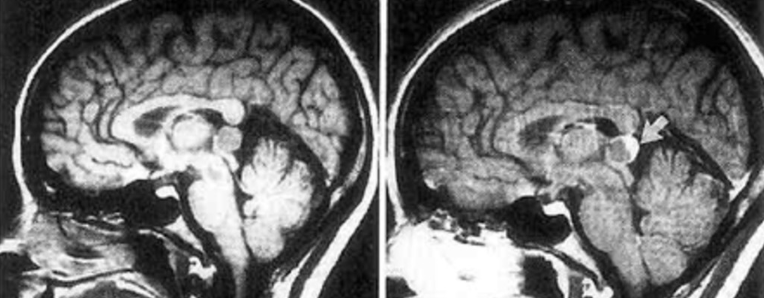Photo Credit: SurfUpVector
Researchers successfully modified the Dermatology Life Quality Index (DLQI) score to better capture the moderate impacts of psoriasis on patients’ QOL.
Assessing HRQOL is a cornerstone of psoriasis treatment. The Dermatology Life Quality Index (DLQI) is a widely used tool for this purpose; however, authors of a recent paper published in the Journal of Health, Population and Nutrition emphasized the need for a more nuanced scoring system that better captures the disease’s moderate impacts on patients’ lives.
“All the scoring methods of the DLQI ignore the moderate impact of the disease on patients, especially in the aspects of symptoms and feeling, work and school, personal relationships, and treatment. Therefore, valuable information may be discarded,” wrote study author Qin Zou and colleagues. “This may underestimate the impact of psoriasis on patients’ QOL, which in turn affects some clinical decisions in the management of psoriasis.”
The researchers developed the Dermatology Life Quality Index new scoring method (DLQI-NS) to address this need and compared it with the DLQI.
“The DLQI-NS adds a moderate effect option to all items based on the original scale,” the researchers explained. “The 10 items of the scale are rated on a 5-point scale (‘not at all’ or ‘not relevant’=0, ‘a little’=1, ‘moderate’=2, ‘a lot’=3 and ‘very much’=4), yielding a total score from 0 to 40. Higher total scores represent greater impairment of one’s QOL.”
Capturing Moderate Impacts
Between May 2021 and December 2022, the researchers conducted a cross-sectional study of 430 patients with psoriasis at an inpatient dermatology department. In total, 425 patients completed the questionnaires. Patients were an average age of 41.86±14.78 years (range, 18-84), and men comprised more than half the cohort (n=278, 65.4%).
The DLQI-NS yielded a mean score of 13.19±8.02, slightly higher than the DLQI’s mean score of 11.24±6.06. This increase in score reclassified 17 patients (4.0%) from moderate to severe disease impact.
Both DLQI and DLQI-NS demonstrated excellent reliability, with Cronbach’s alpha coefficients of 0.89 and 0.90, respectively. Test-retest reliability and split-half reliability metrics were also robust, indicating consistency in responses over time.
In addition, the DLQI-NS and DLQI had significant moderate associations with the body surface area (BSA) (0.51 vs 0.50) and Psoriasis Area and Severity Index (PASI) (0.47 vs 0.46) scores; the researchers noted that the DLQI-NS’s correlations with BSA and PASI were slightly better (Table).
Improving Clinical Practice
Given their findings, the researchers reported that including a “moderate” impact option in the DLQI-NS provided a more nuanced understanding of psoriasis’s impact on patients.
“The DLQI-NS scoring method increased only the moderate influence options in six dimensions of the original scale, namely, symptoms and feelings, daily activities, leisure, work and school, personal relationships, and treatment,” Zou and colleagues wrote. “This may more accurately reflect the impact of the disease on a patient. Dermatologists may be more efficient if they use the DLQI-NS to assess patients’ QOL, and DLQI-NS may be useful when treatment plans are involved.”
The authors recommended further studies with larger cohorts and multicenter participation to facilitate widespread adoption of the DLQI-NS in clinical settings.
“There is currently little experience with using DLQI-NS, so we encourage physicians to try out the DLQI-NS scoring chart and further discuss the clinical application of this method,” Zou and colleagues wrote.




















Create Post
Twitter/X Preview
Logout